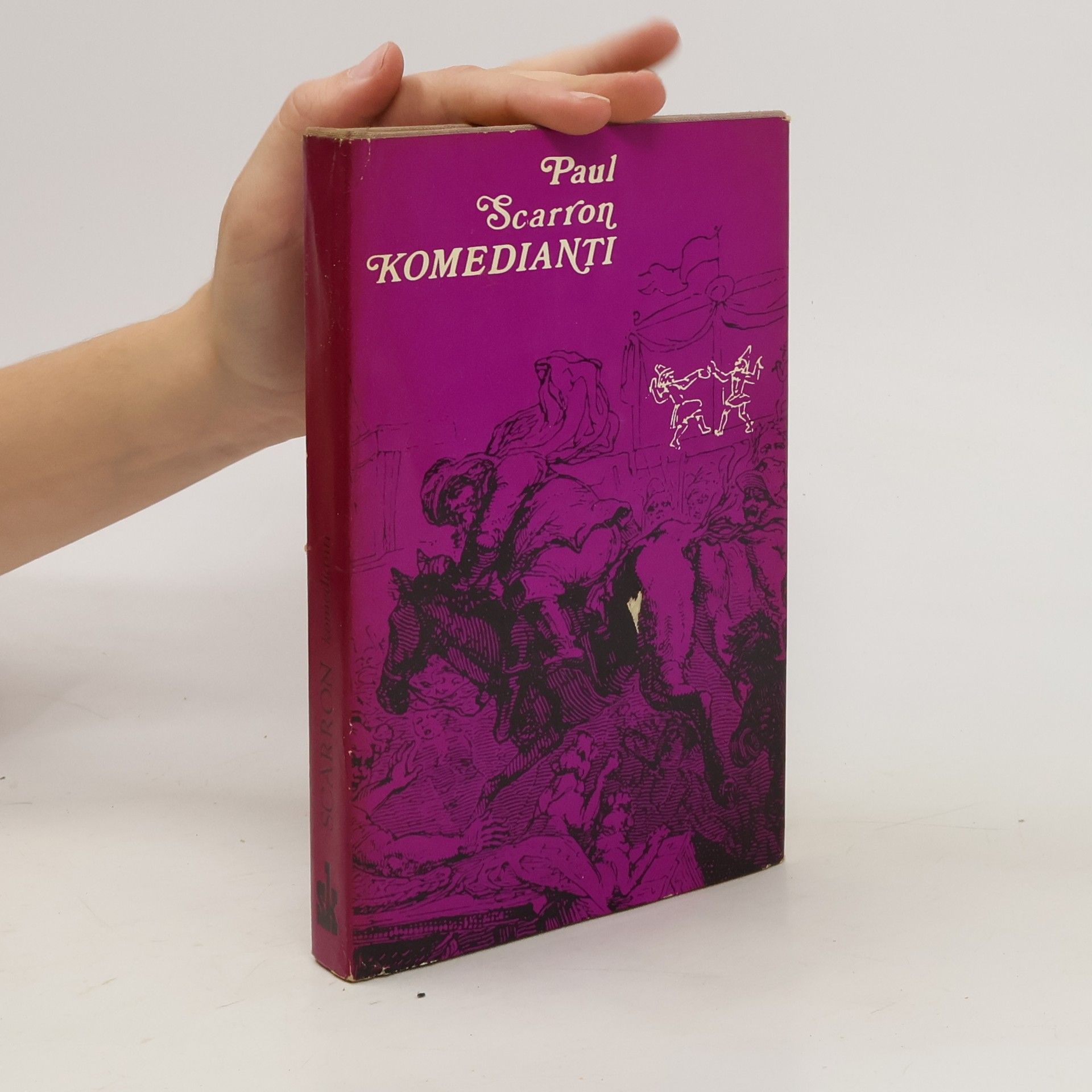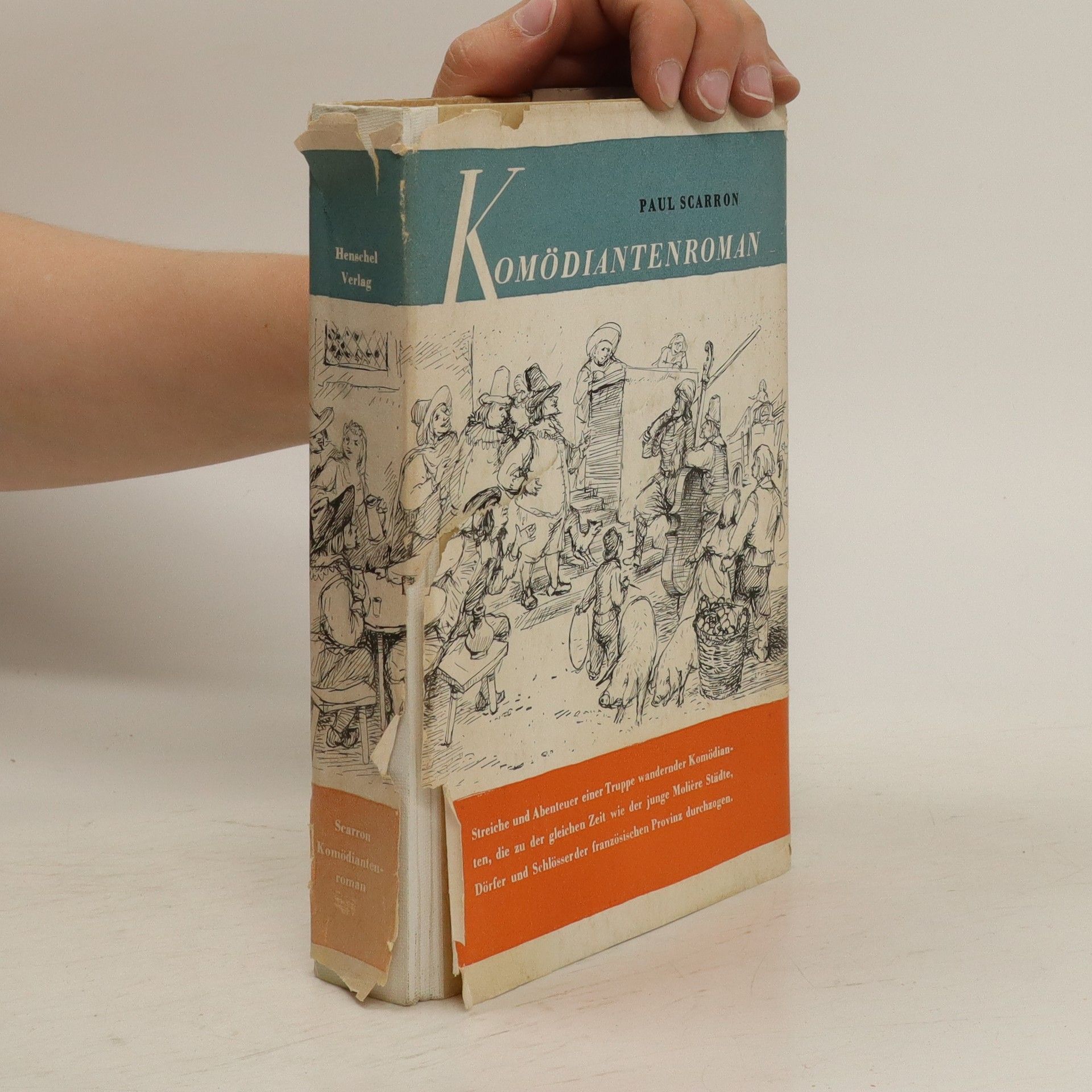Le Roman comique
- 381 pages
- 14 hours of reading
Par une belle fin d'après-midi de l'an 1650, quelques comédiens de campagne arrivèrent dans la ville du Mans sous les yeux des bons bourgeois ébahis devant un attirail des plus hétéroclites. Tandis que " les bêtes mangèrent, l'auteur se reposa quelque temps et se mit à songer à ce qu'il dirait dans le second chapitre " avant d'emporter le lecteur dans le monde aventureux des gens de théâtre, confrères de Molière. Mettant quiconque au défi de découvrir le sac à malice d'où il tire " tant de coyonneries ", ou, comme le dira plus joliment Giono, maîtrisant " un art d'une couleur magique ", ce conteur inspiré se lance dans une histoire désopilante , animée par une verve bouffonne et facétieuse, où les joyeusetés succèdent aux truculentes bambochades, où les mouvements s'enchaînent en cascade, où les coups pleuvent dru.






